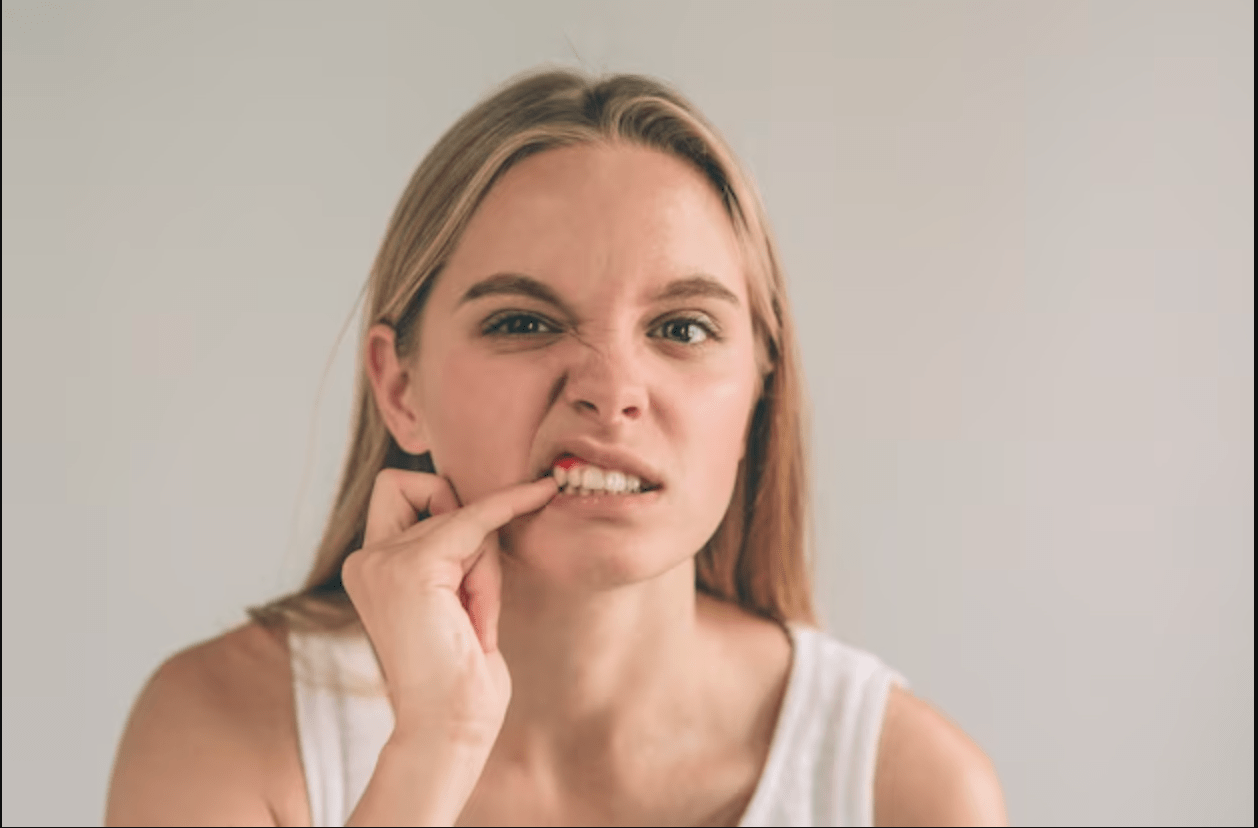How to Fix Crooked Teeth
Crooked teeth, or malocclusion, are a common dental issue that affects both children and adults. Fortunately, there are various methods available to fix crooked teeth and achieve a straight, healthy smile. This article will explore some of the most common ways to address crooked teeth and improve your oral health and confidence.
Orthodontic Treatment
Orthodontic treatment is perhaps the most well-known and effective way to fix crooked teeth. Orthodontists are dental specialists who specialize in diagnosing and correcting misaligned teeth and jaws. They offer several options for straightening teeth, including:
- Traditional braces: These are metal or ceramic brackets attached to the teeth, connected by wires, which slowly move the teeth into their desired positions. Traditional braces are highly effective but can be visually prominent and may require adjustments every few weeks.
- Invisalign: A popular alternative to traditional braces. It involves wearing clear, custom-made aligners that are virtually invisible. They are removable, which makes it easier to maintain good oral hygiene and eat without restrictions. Invisalign is a suitable option for individuals with mild to moderate misalignment. Always go to a professional provider like northwickmanordental.co.uk for the best results.
- Lingual braces: Lingual braces work in a similar way to traditional braces, but they are attached to the back of the teeth, making them less visible. This option is especially popular among adults who want to straighten their teeth discreetly.
Orthodontic treatment can take several months to a few years, depending on the severity of the crooked teeth. Frequent appointments with your orthodontist are essential to monitor progress and make necessary adjustments.
Retainers
Retainers are often used in conjunction with orthodontic treatment. After braces or Invisalign have successfully moved the teeth into the desired positions, retainers help maintain that alignment. There are two main types of retainers:
- Fixed retainers: These are small wires that are bonded to the back of the teeth. They are not visible and offer continuous support to keep the teeth straight.
- Removable retainers: These are clear plastic appliances that can be taken in and out. Patients typically wear them at night or as prescribed by their orthodontist. Removable retainers are more comfortable and less obtrusive than braces.
Dental Bonding
Dental bonding is used to fix minor cases of crooked teeth. It involves applying a tooth-colored resin material to the teeth and then shaping and polishing it to achieve a straighter appearance. While dental bonding is not a long-term solution for severe malocclusion, it can be a quick and affordable way to improve the aesthetics of slightly misaligned teeth.
Veneers
Dental veneers are thin shells made of porcelain or composite resin. They are custom-fitted to the front of the teeth. They are primarily used for cosmetic purposes, such as covering stains, chips, and minor misalignments. Veneers can provide the appearance of straighter teeth, but they do not physically reposition the teeth like orthodontic treatment.
Surgical Correction
In some cases of severe malocclusion or jaw misalignment, orthodontic treatment alone may not be sufficient. Surgical correction may be required to reposition the jaw or address complex issues. Oral and maxillofacial surgeons specialize in these procedures and work in collaboration with orthodontists to ensure the best possible outcomes.
Fixing crooked teeth is not only a matter of aesthetics but also an important step in maintaining good oral health. If you have crooked teeth, speak to a dentist or orthodontist to work out the best treatment option for your specific needs. Whether it’s orthodontic treatment, retainers, dental bonding, veneers, or surgical correction, there are various ways to achieve a straight and confident smile.




